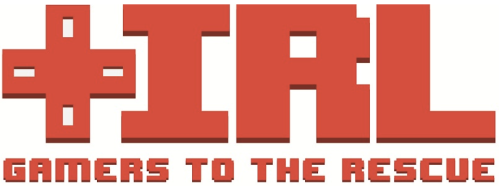
FACT: Over half-a-million pictures were shared on Instagram and more than 20 million tweets posted during Hurricane Sandy. The year before, over 100,000 tweets per minute were posted following the Japan Earthquake and Tsunami.?Disaster-affected communities are now more likely than ever to be on social media, which dramatically multiplies the amount of user-generated crisis information posted during disasters.?Welcome to Big Data?Big Crisis Data.
Humanitarian organizations and emergency management responders are completely unprepared to deal with this volume and velocity of crisis information. Why is this a problem? Because social media can save lives. Recent empirical studies have shown that an important percentage of social media reports include valuable, informative & actionable content for disaster response. Looking for those reports, however, is like searching for needles in a haystack. Finding the most urgent tweets in an information stack of over 20 million tweets (in real time) is indeed a major challenge.
FACT: More than half a billion people worldwide play computer and video games for at least an hour a day. This amounts to over 3.5 billion hours per week. In the US alone, gamers spend over 4 million hours per week online. The average young person will spend 10,000 hours of gaming by the age of 21. These numbers are rising daily. In early 2013, ?World of Warcraft? reached 9.6 million subscribers worldwide, a population larger than Sweden. The online game ?League of Legends? has over 12 million unique users every day while more than 20 million users log on to Xbox Live every day.
What if these gamers had been invited to search through the information haystack of 20 million tweets posted during Hurricane Sandy??Lets assume gamers were asked to tag which tweets were urgent without ever leaving their games. This simple 20-second task would directly support disaster responders like the American Red Cross. But the Digital Humanitarian Network (DHN) would have taken more than 100 hours or close to 5 days, assuming all their volunteers were working 24/7 with no breaks. In contrast, the 4 million gamers playing WoW (excluding China) would only need ?90 seconds to do this. The 12 million gamers on League of Legends would have taken just 30 seconds.
While some of the numbers proposed above may seem unrealistic, there is absolutely no denying that drawing on this vast untapped resource would significantly accelerate the processing of crisis information during major disasters.?In other words, gamers worldwide can play a huge role in supporting disaster response operations. And they want to: gamers playing ?World of Warcraft? raised close to $2 million in donations to support relief operations following the Japan Earthquake. They also raised another $2.3 million for victims of Superstorm Sandy. Gamers can easily donate their time as well.?This is why my colleague Peter Mosur and I are launching the Internet Response League (IRL). Check out our dedicated website to learn more and join the cause.
 ?
?
?
Like this:
Loading...
Source: http://irevolution.net/2013/05/29/gamers-to-the-rescue/
love actually strikeforce davy jones deep impact miesha tate vs ronda rousey idiocracy usssa baseball
No comments:
Post a Comment
Note: Only a member of this blog may post a comment.